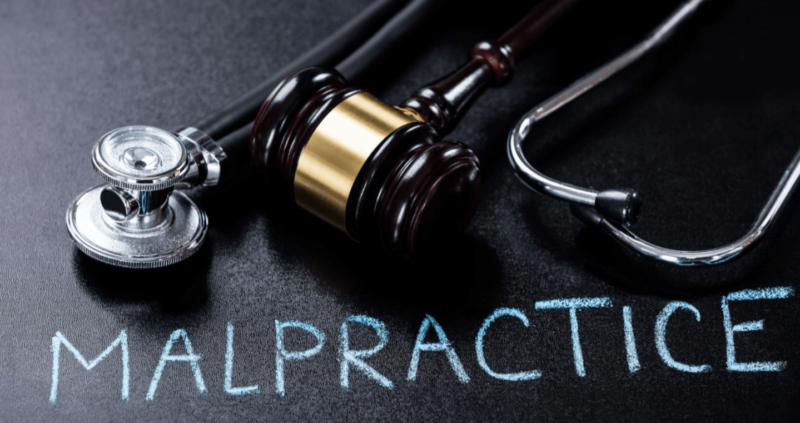When faced with the complexities of medical malpractice claims in Albany, understanding the legal process can feel daunting. We often hear about such cases, yet the details remain unclear for many. Knowing the steps involved helps demystify this legal journey. First, it’s crucial to recognize what qualifies as medical malpractice. It occurs when a healthcare provider’s negligence results in harm to a patient. Mistakes can happen during diagnosis, treatment, or aftercare. Next, gathering evidence becomes essential. This includes medical records, expert testimonies, and detailed accounts of the incident. Finally, filing the claim requires attention to deadlines and legal procedures. Engaging a knowledgeable attorney can guide you through these steps, ensuring your case receives the attention it deserves. By understanding this process, you can approach it with calm and confidence. Each step forms the foundation of a successful claim, ensuring justice and accountability in healthcare.
Defining Medical Malpractice
Medical malpractice involves a breach of duty by a healthcare provider. This breach results in injury or harm to the patient. Examples include surgical errors, misdiagnosis, or improper treatment. Understanding these scenarios helps in recognizing potential claims. According to The National Institute of Arthritis and Musculoskeletal and Skin Diseases, most medical procedures carry inherent risks, but negligence extends beyond acceptable risk levels.
Steps in Filing a Claim
Filing a medical malpractice claim involves several key steps:
- Collecting Evidence: Gather all relevant medical records and documentation.
- Expert Consultation: Seek opinions from medical professionals to support the claim.
- Filing the Complaint: Submit the necessary paperwork to initiate the legal process.
Each step requires careful attention and thorough preparation. Missing details can impact the outcome of the case.
Statute of Limitations
In Albany, the statute of limitations for filing a medical malpractice claim is typically two and a half years. This timeline can vary based on specific circumstances. It’s crucial to adhere to these deadlines to maintain the validity of the claim. Consulting with a legal expert ensures that all timelines are respected, preserving your right to seek justice.
Role of a Medical Malpractice Attorney
An experienced medical malpractice attorney provides invaluable assistance. They guide clients through each step of the process. Their expertise includes:
- Evaluating the case for viability
- Negotiating settlements
- Representing clients in court
Legal representation ensures that your case is handled professionally and increases the chances of a favorable outcome.
Comparison of Medical Malpractice Claims vs. Other Personal Injury Claims
| Aspect | Medical Malpractice Claims | Other Personal Injury Claims |
| Nature of Harm | Injury due to medical negligence | Injury due to general negligence (e.g., car accidents) |
| Expert Testimony | Often required | May not be required |
| Statute of Limitations | Typically 2.5 years | Often 3 years |
Potential Outcomes
Medical malpractice claims can result in various outcomes. These include settlements and court verdicts. Settlements are often quicker and less stressful. Court verdicts can provide a larger compensation but involve more time and emotional investment. The chosen path depends on the circumstances and the advice of legal counsel.
Importance of Expert Testimony
Expert testimony plays a critical role in these cases. Medical experts provide insights that establish negligence. Their input helps in clarifying the standard of care expected. This information is crucial in proving that a breach occurred, which directly led to the patient’s harm.
Conclusion
Understanding the legal process for medical malpractice claims in Albany empowers individuals to take informed steps. Each stage from recognizing malpractice, gathering evidence, to engaging legal assistance is crucial. Knowing the differences between medical malpractice and other claims further clarifies the unique nature of these cases. By navigating this process with care, individuals can pursue justice effectively and ensure accountability in healthcare.








